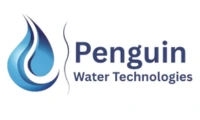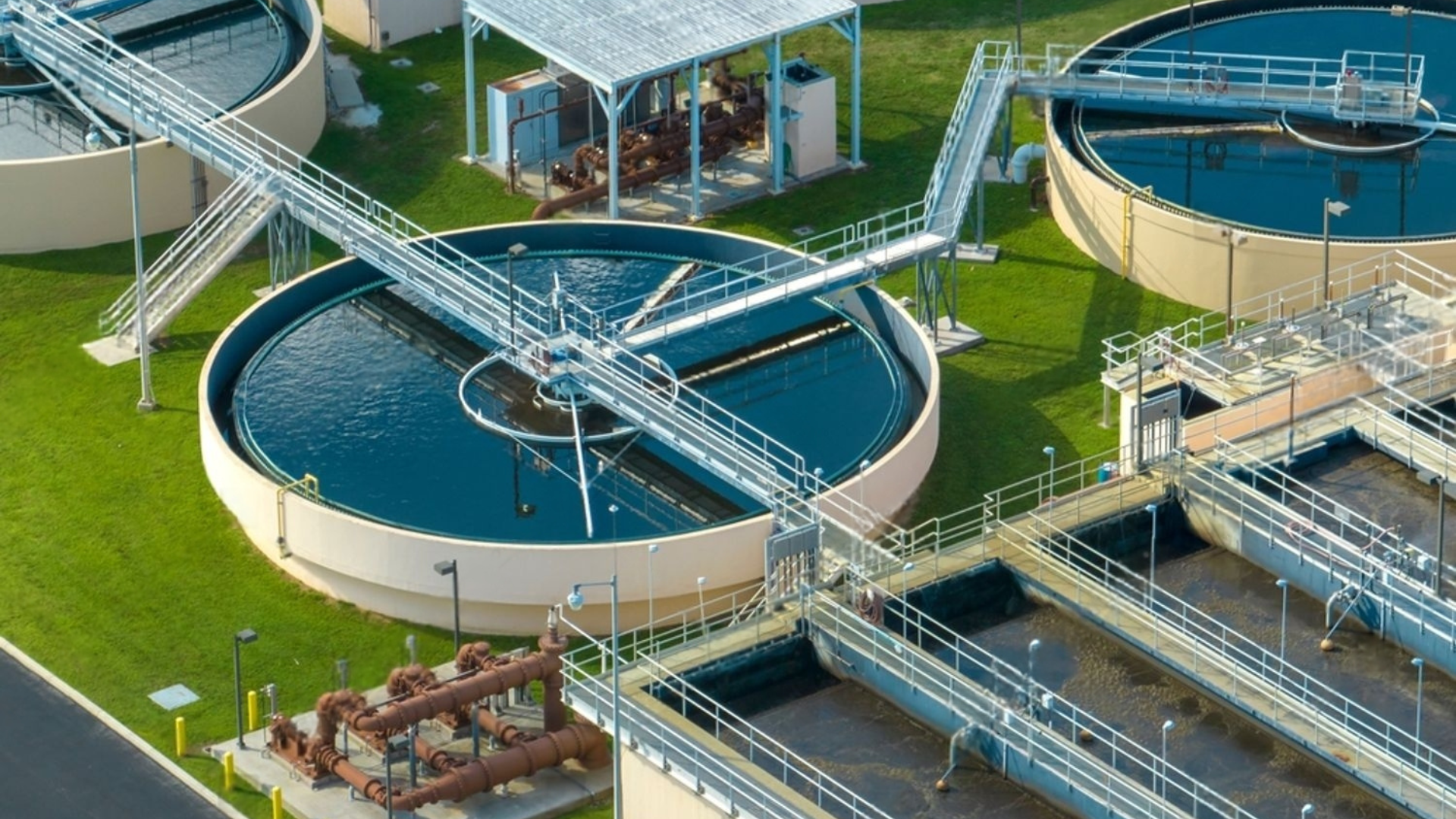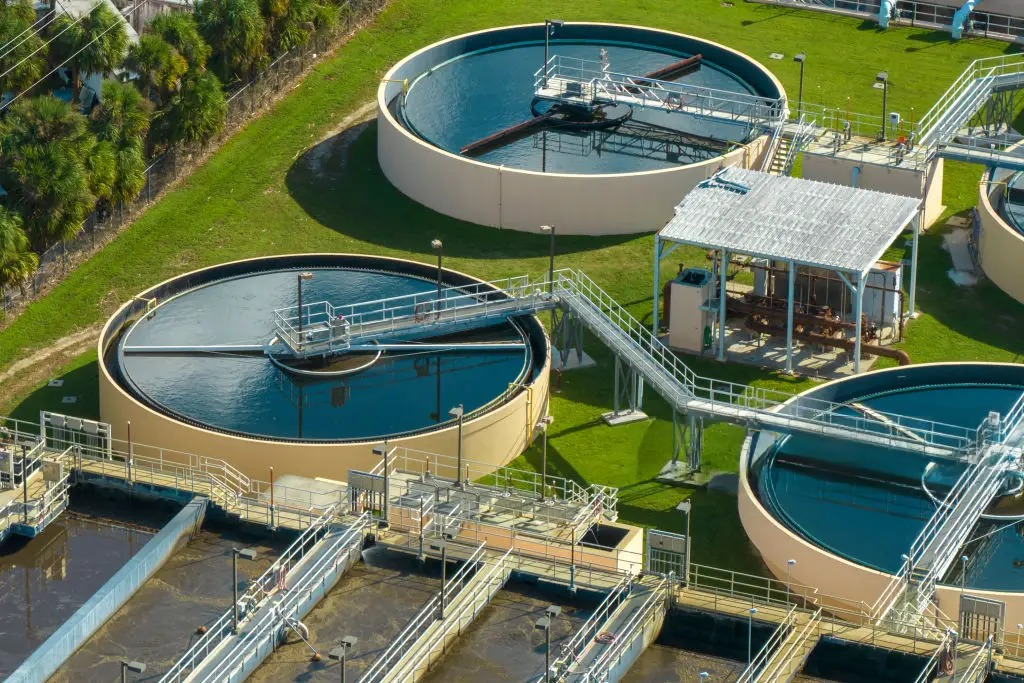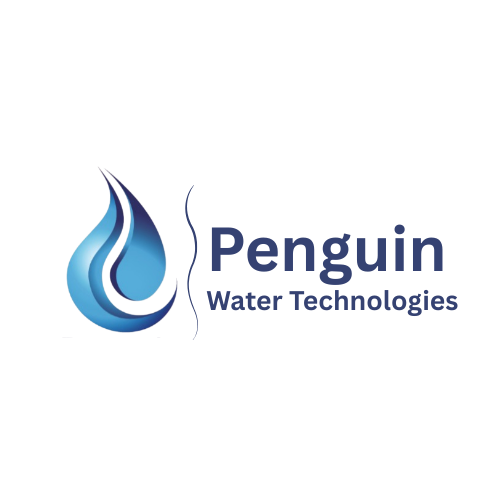
Why Choose Our STP Wastewater Treatment Solutions?
- High-efficiency treatment processes
- Low operational costs
- Scalable designs for all capacities
- User-friendly control systems
- Environmentally compliant discharge
What Is a Sewage Treatment Plant (STP) Essential and Why?
Sewage from households, businesses, and industries is cleaned and treated by sewage treatment plants (STPs). The main objective of an STP is to remove harmful contaminants from sewage before discharging the treated water into the environment or reusing it for non-potable purposes like gardening, flushing, or industrial processes.




